Srinath Perurs writingessays, reportage, travelogues, translations has appeared in various publications including India Today, the Guardian, Fountain Ink, Granta, n+1, Hakai and the Outlook Traveller.
Introduction

T he official at Immigration, Mr Pandey, looked glumly at me as I told him why I was going on a conducted tour to Uzbekistan. If youre a writer, he said, unconvinced, then why are you travelling with a group? Serious travellers, and certainly travel writers, look upon the conducted tour as the lowliest form of travel. Even travelling with a friend or two can invite contempt. Jonathan Raban, for instance, warns anyone considering travelling with company: Youre never going to see anything; youre never going to meet anybody; youre never going to hear anything. Nothing is going to happen to you. The remonstrance is all the more applicable to writers: according to Paul Theroux, In the best travel books the word alone is implied on every exciting page. I was trying to write a travel book entirely through conducted tours, a book in which Id never be travelling alone. Mr Pandeys was only the latest voice in a chorus of sceptics, but hed caught me off guard. I mumbled something about travel being cheaper this way, and he let me pass. But it was a rattled writer who rejoined his thirty-three travel companions.
Id managed to steer clear of conducted tours until early 2011, when a magazine assignment took me on a week-long bus-tour of Tamil Nadu. How bad could it be, Id asked myself before going. I had my answer before the first day was up: the tour was wrist-slittingly dull, the boredom so comprehensive that it occasionally transmuted itself into mild hysteria to redeem itself. I was with a group of retirees, and with faithful monotony we went from temple to temple seeking priority darshan. My fellow travellers were set in their ways, and there were no conversations to be had, only discourses to flee from. It didnt help, either, that Id had to surrender all sense of volition: I went where the guide asked me to go, stayed there exactly as long as I was told to.
Even as I longed to break free, I began to notice that a conducted tour by definition offers something that solitary travel cannot: other people, and the opportunity to know them. Theres close and sustained contact with ones fellow tourists; they stand out against the backdrop of new places; the exertions of travel can bring to the surface aspects of character that are otherwise hidden; being away from the responsibilities of work and family, with all travel arrangements taken care of, people tend to relax, grow expansive and reveal themselves for who they are (or at least who they think they are).
My next assignment turned out to be a conducted tour as well, this time a trip across Europe in a bus full of fellow Indians. We ate Indian food throughout, watched Hindi films on the bus, played antakshari, and in between only fleetingly ventured into Europe. Wed quickly take a photograph, tick the place off our lengthy itinerary, and return to the mobile little India our group constituted. If it had to be done in such a spectacularly passive fashion, then why travel at all?
These tours often stand for far more than the travel itself. A strong element of middle-class aspiration is at work, especially in overseas tours. Conducted tours allow for the conquest of the exalted foreign without much effort or discomfort. This is travel as a symbol of leisure and economic sufficiency, and the conducted tour is now a rite of passage among the middle class. For those who have retired and seen to it that their children are settled, or are otherwise considered to have finished off their responsibilities, the conducted tour is the new vanaprasthashramawith the real work of life done, one can turn ones attention to frills such as travel. Across all age groups, travel signals success and affluence, and is displayed to ones peers through endless slide-shows and albums of photographs. Just as Indians in previous decades posed for photographs with their telephones and TVs, we now picture ourselves against the Eiffel Tower or the London Eye, or at least the gopuram of the Madurai Meenakshi temple.
For those who are passionate about travel, it is rendered far more affordable with a conducted tour. This is particularly true of foreign travel, which can prove ruinous if done independently on the Indian rupee. For those who live with an extended family, the conducted tour may temporarily offer freedoms not easily available at home: spending time in the company of ones spouse on ones own terms; being able to dress as one wants. For some it is also about socializing (as with my uncle, an inveterate conducted tourist, who goes with the same tour company every time because he knows hell be travelling with people like us). For youngsters, especially girls with overprotective elders at home, an organized tour may be the only way to receive permission to travel. For many, the wide world of airports, officious Immigration officers, unfamiliar food, and foreign customs is simply too much to navigate, and they take conducted tours precisely because nothing is going to happen to them.
It may be that we are cautiously coming upon individualism, or that many more now have a disposable incomewhatever the reasons, Indians are increasingly looking to travel, and their chosen way of doing so is the conducted tour. There has simultaneously been an emphasis on developing tourism, and the last decade has seen an explosion in the variety of tours on offer in Indiatours targeted at the young, or foreign tourists, or farmers, or women, or the elderly. Destinations can range from villages in India to almost any place in the world. Travel themesin addition to the usual sightseeing and pilgrimagenow include music, adventure, ecology, food, sex, photography, and much more. If you can think of a reason to travel, theres probably a tour company that offers it in a convenient package. The kinds of tours being offered and the people going on them capture something particular about these times. Thus the idea of a book about India and Indians written through the medium of conducted tours.
For the purposes of this book, a conducted tour is a travel experience with a fixed itinerary, orchestrated by someone else, and undertaken in a group. I tried to pick tours that between them covered a variety of themes, destinations, modes of transport, and fellow tourists. As I went on more tours, I found I was also unknowingly testing the limits of what this format of travel had to offer: the last couple of tours, such as the pilgrimage to Pandharpur, or the Shodh Yatra that takes people on a walking tour of villages in search of traditional knowledge, were nothing like the Tamil Nadu and Europe tours I had started with. The ten tours written about in this book range in duration from three hours to three weeks, in cost from a few hundred rupees to over a lakh. They were all undertaken in the company of different groups in the years 2011 and 2012. Two of the tours are to places outside India, but in the company of Indians; a couple are with foreigners in India; the rest with Indians in India. Many of my fellow travellers appear here under names that are not their own.



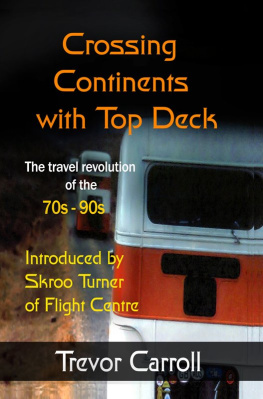

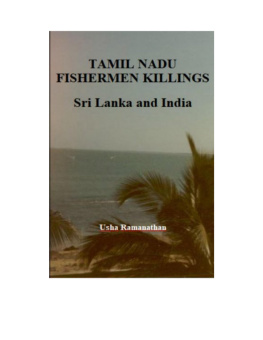
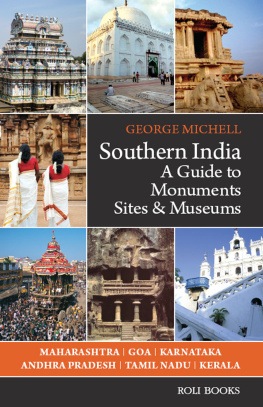
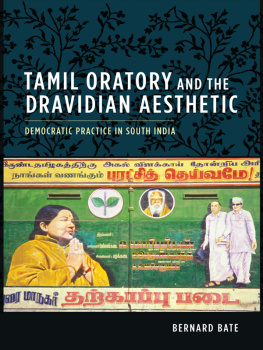
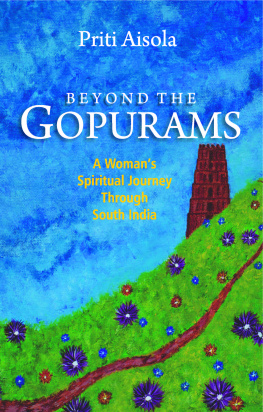
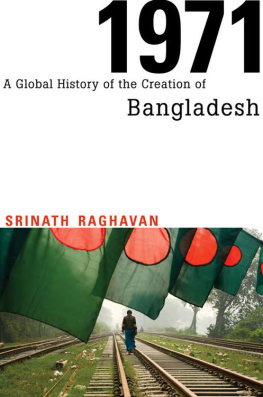

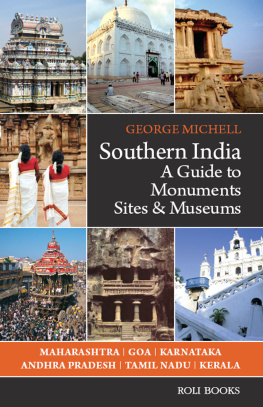
![Keith Bain - Frommers India [2010]](/uploads/posts/book/43617/thumbs/keith-bain-frommer-s-india-2010.jpg)




